- Call us: 01444 237070
- Contact Us
- Stores
- Sign In / Register
-
- Back
- Used Cameras
- Used Accessories
- Used Lenses
- Used Video
- Used Film Equipment
- Used Stock Alert
- Used Blank Test
- Sell or Part Exchange
- Used Clearance
- Recently Added Used Equipment
- Park Picks
- All Used Black Friday Deals
- Faulty
- Trade-In
- Blog
- New in
- Call us
- Contact us
- Stores
- Sign in
- Categories
- Tips & Inspiration
- Reviews
- News
- Events
- Features
- Buying Guides
- Competitions
Wildlife Photography the Best Nikon Cameras and Lenses
With Wildlife Day fast approaching, it's the perfect time to dive into the best Nikon cameras and lenses for wildlife photography in 2024. The mirrorless Z system offers fast, reliable cameras and telephoto lenses that are ideal for wildlife and bird photography.
Whether you’re a beginner or a seasoned pro looking to upgrade, we’ll guide you through some of the best options available, including both new and second-hand gear to suit any budget.
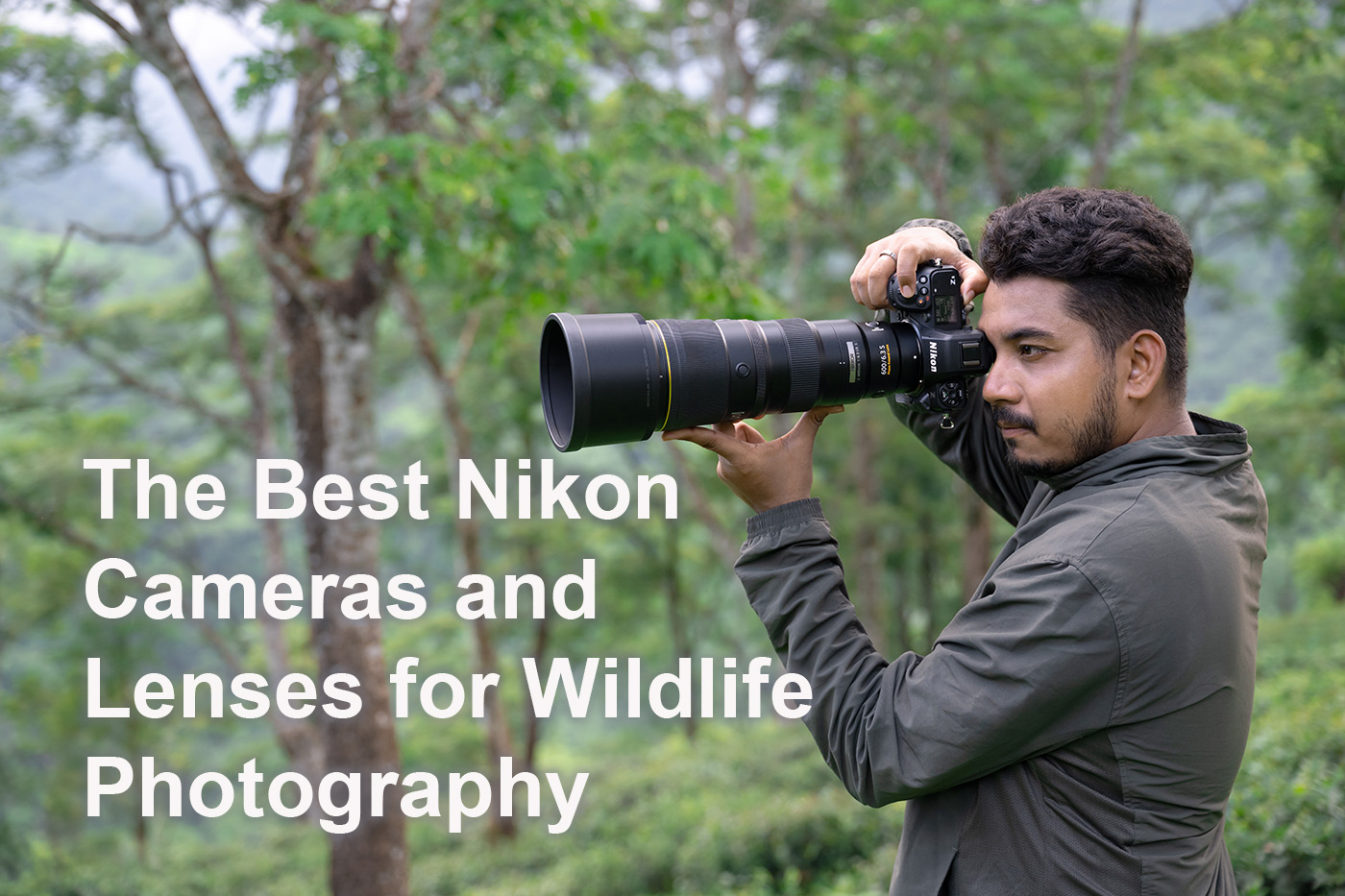
What to look for in a camera for wildlife photography
A camera for wildlife photography should include some essential features. AF (autofocus) and general speed are crucial since wildlife subjects can move quickly and erratically. There are other important considerations as well, and this list summarises key elements to look for:
- Autofocus: Does the camera have specific bird and animal subject recognition and tracking modes?
- Pre-Release Capture: A newer technology which captures images before the shutter button is fully pressed, which can achieve great results regardless of your reaction speed
- High-Speed Capabilities: Look for faster burst rates, buffer size, and memory card speed.
- Sensor Resolution: A higher resolution sensor produces larger, more detailed images and offers better crop-ability for smaller subjects in the frame.
- Availability of Lenses: Longer telephoto lenses are typically necessary for wildlife photography.
- Weather Sealing: Environmental sealing from dust, moisture, and cold is ideal for diverse conditions.
- Battery Life: Duality is desirable to avoid frequent battery changes and missing shots in the field.
- Video Recording: Many creators seek the ability to record in 4K or higher resolution with fast frame rates for emotive slow-motion playback.
If you’re on a tighter budget, you may not find all of these qualities in every model, but several Nikon cameras offer a great combination of speed and autofocus suited to this genre, which we explore in more detail below.
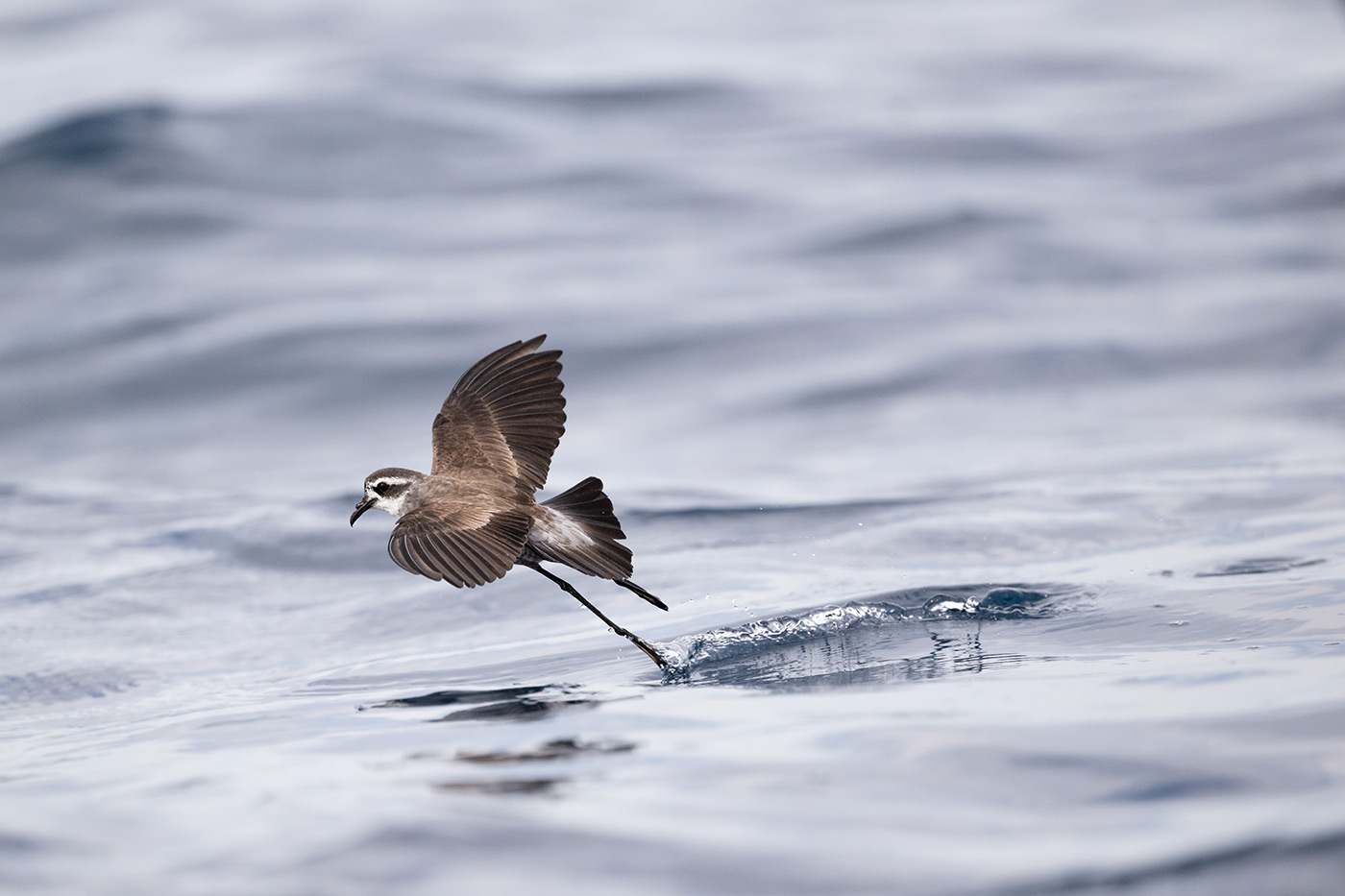
Do you need bird and animal subject detection AF for wildlife photography?
While many photographers can capture stunning wildlife photos without dedicated subject detection modes, newer mirrorless Z cameras include AI-driven subject detection and tracking for animals and birds. This technology simplifies focus acquisition and tracking on a subject’s eyes, heads, and bodies, depending on the specific camera and scene.
Next, we’ll provide specific recommendations for the best Nikon for wildlife, along with a table highlighting the AF technology available in each model.
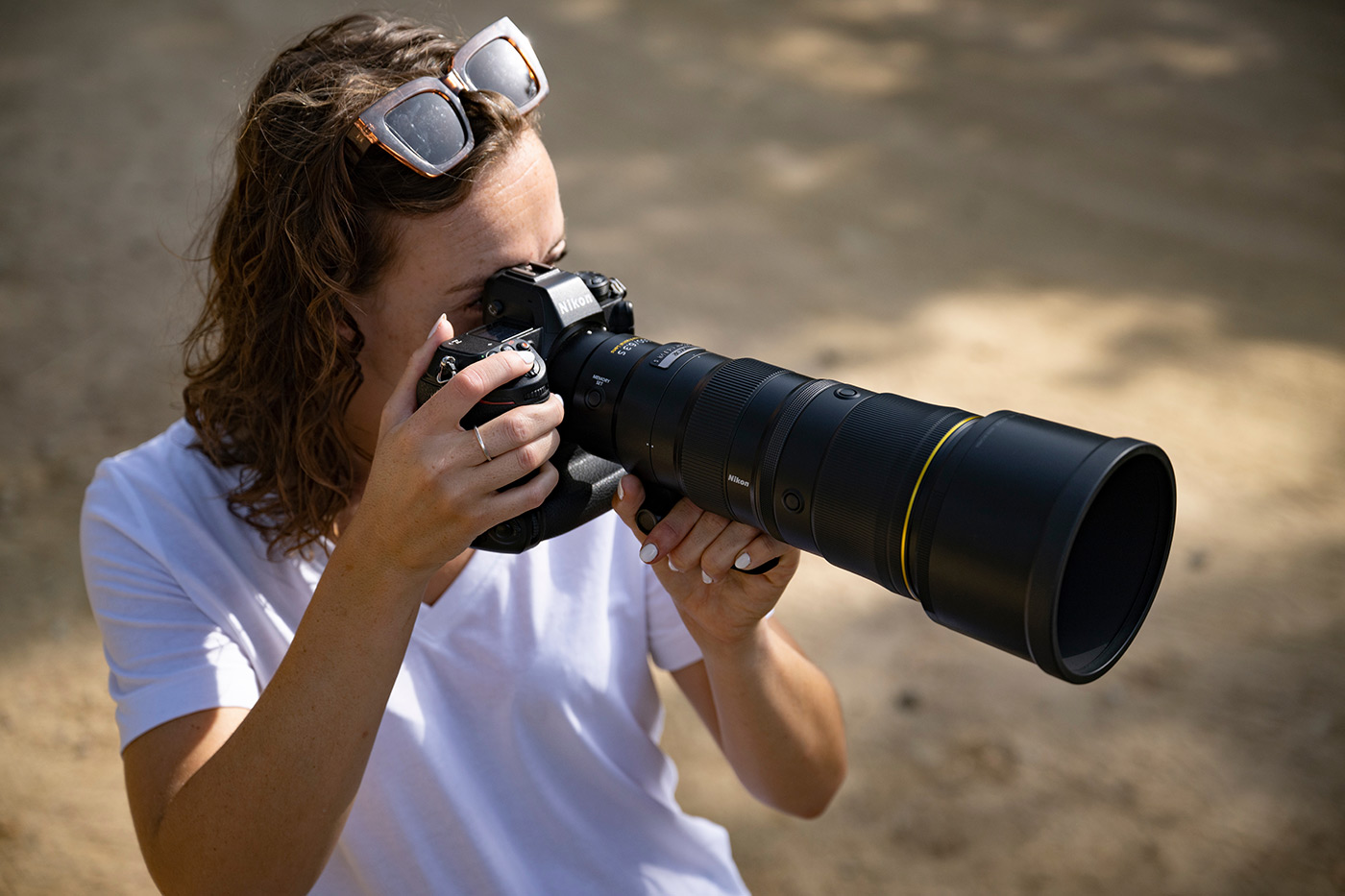
Best Nikon camera for wildlife
Nikon mirrorless cameras combine many of the key features that wildlife photographers desire, though DSLRs like the acclaimed Nikon D850 remain a viable alternative. The table below compares a selection of features, helping you to choose the best Nikon camera for wildlife that meets your needs and budget.
|
|
|||||
|
Resolution (MP) |
45.7 |
45.7 |
24.5 |
24.3 |
45.7 |
|
Autofocus technology |
Hybrid phase-detection/contrast AF with AF assist for animals, birds and 3D tracking |
Hybrid phase-detection/contrast AF with AF assist for animals, birds and 3D tracking |
Hybrid phase-detection/contrast AF with AF assist for animals, birds and 3D tracking |
Hybrid phase-detection/contrast AF with AF assist for animals |
Multi-CAM 20K autofocus sensor module |
|
Focus points |
493 |
493 |
273 |
273 |
153 |
|
Pre-Release Capture |
Yes |
Yes |
Yes |
No |
No |
|
Burst rates |
Up to 120 fps JPG 20 fps RAW |
Up to 120 fps JPG 20 fps RAW |
Up to 120 fps JPG 20 fps RAW |
4.5 fps RAW |
7fps RAW |
|
Memory card |
|
|
|
|
|
|
Operating Environment |
|
|
|
|
|
|
Battery life Max. frame |
770 |
325 |
390 |
470 |
1,840 |
|
Video Max. |
8.3K 30p |
8.3K 30p |
5.4K 60p |
4K 30p |
4K 30p |
|
Weight |
1340g |
910g |
760g |
675g |
1005g |
|
Price |
£5,299.00 |
£3,999.00 |
£2,699.00 |
£1,249.00 |
£2,659.00 |
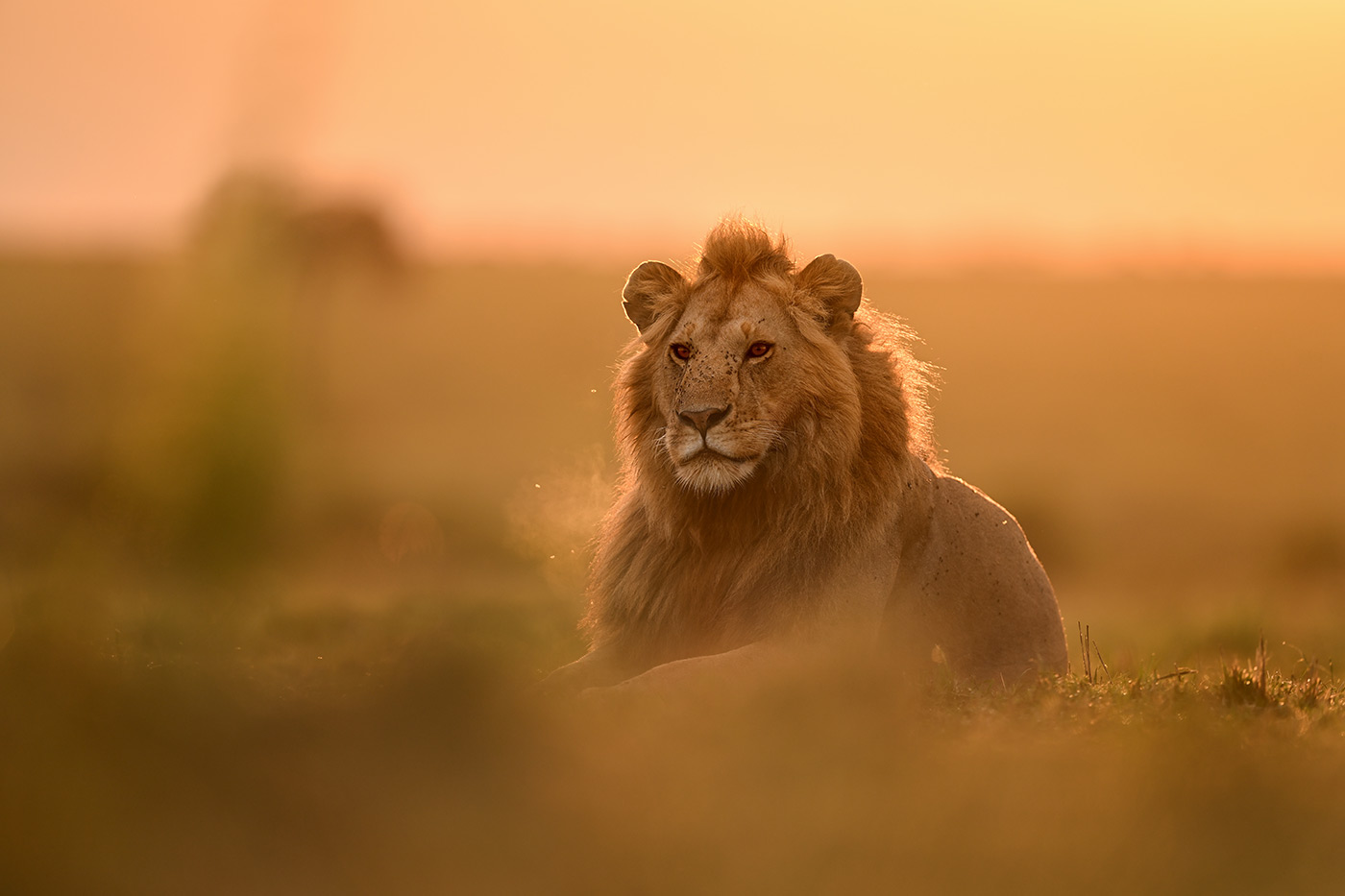
This comparison highlights the many incredibly powerful cameras available for wildlife photographers, with the Z5 standing out as Nikon’s best beginner camera for wildlife photography from the current lineup.
However, it doesn’t convey the subtle differences between models, such as the pro-level weather sealing in the Z9, ergonomics, screen brightness, and low-light capabilities. All of these are factor to consider, and we recommend visiting one of our camera stores for hands-on experience and speaking with our advisers to find the best option for you if there’s any doubt in your mind.
For those interested in Nikon Z8 wildlife photography, this camera offers powerful features that I explored during a recent hands-on Nikon Z8 review. Some such as the advanced autofocus system, fast burst rates, and exceptional image quality, make it an excellent choice for capturing stunning wildlife images.
Another benefit to that the Z system offers is the number of regular firmware updates which Nikon introduces, such as the Z9 Firmware Version 5.00, which introduced Auto Capture updates, user-selectable focus point thickness and more for 2024.
Let’s explore the best Nikon wildlife lens next, which is just as critical as the camera, if not more so!
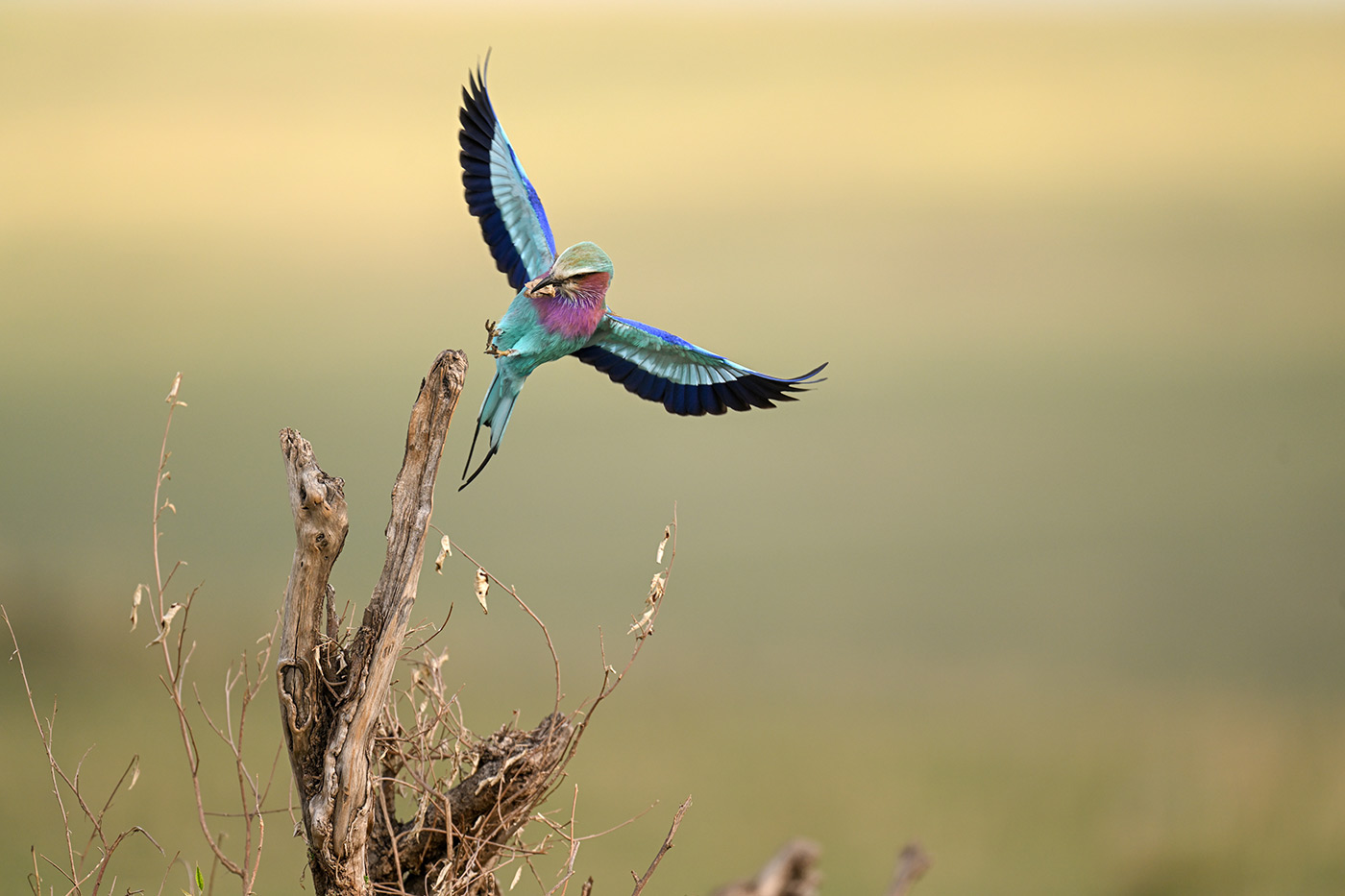
How to choose a lens for wildlife photography
Choosing the best lens for wildlife photography is crucial for capturing crisp, sharp, and detailed shots of small, distant and fast moving subjects. There are key features to consider and compromises to make, as some of the best wildlife photography lenses cost over £10,000!
Before diving into features, we recommend reading up on the differences between a prime and zoom lens, as well as our general guide to camera lenses for beginners, both of which are packed with useful information when shopping for camera lenses.
- Reach or Focal Length is the single most important factor when choosing a lens for wildlife, with many subjects requiring a minimum of 300mm. Focal length reaches as far as 600mm and beyond, depending on the subject you shoot and how small they are in the frame.
- A Prime or Zoom is an important consideration. Decide whether you prefer the flexibility of a zoom lens or the brightness and sharpness of a fixed focal length prime before committing.
- Maximum Aperture refers to the amount of light a lens can gather, and the level of subject separation the lens can achieve. Wider apertures are highly desirable for wildlife, but can also significantly increase the price of a lens and this is often where compromises have to be made. It is beneficial to know that the longer the reach, the narrower the aperture tends to become, but you can still achieve excellent separation when the background is further away and you are nearer to the subject.
- Autofocus Speed is important as lens autofocus must keep pace with camera autofocus, especially when tracking fast and erratically moving subjects around the frame.
- Weather Sealing is a consideration if you shoot during poor conditions. A sealed camera body is less effective if the lens isn’t also sealed, but the good news is that most super-telephoto lenses offer some degree of environmental sealing. Typically the more expensive the lens, the more proficient the sealing.
- Weight matters as long primes often weigh considerably more than the camera itself, and a lighter lens is easier to handhold, manoeuvre, pan, or track subjects with.
- Optical Image Stabilisation should be considered when shooting at slower speeds to compensate for low light, or while panning and tracking quickly.
- Teleconverter Compatibility could be crucial to anyone looking to extend the reach of their lens in a cost-effective manner
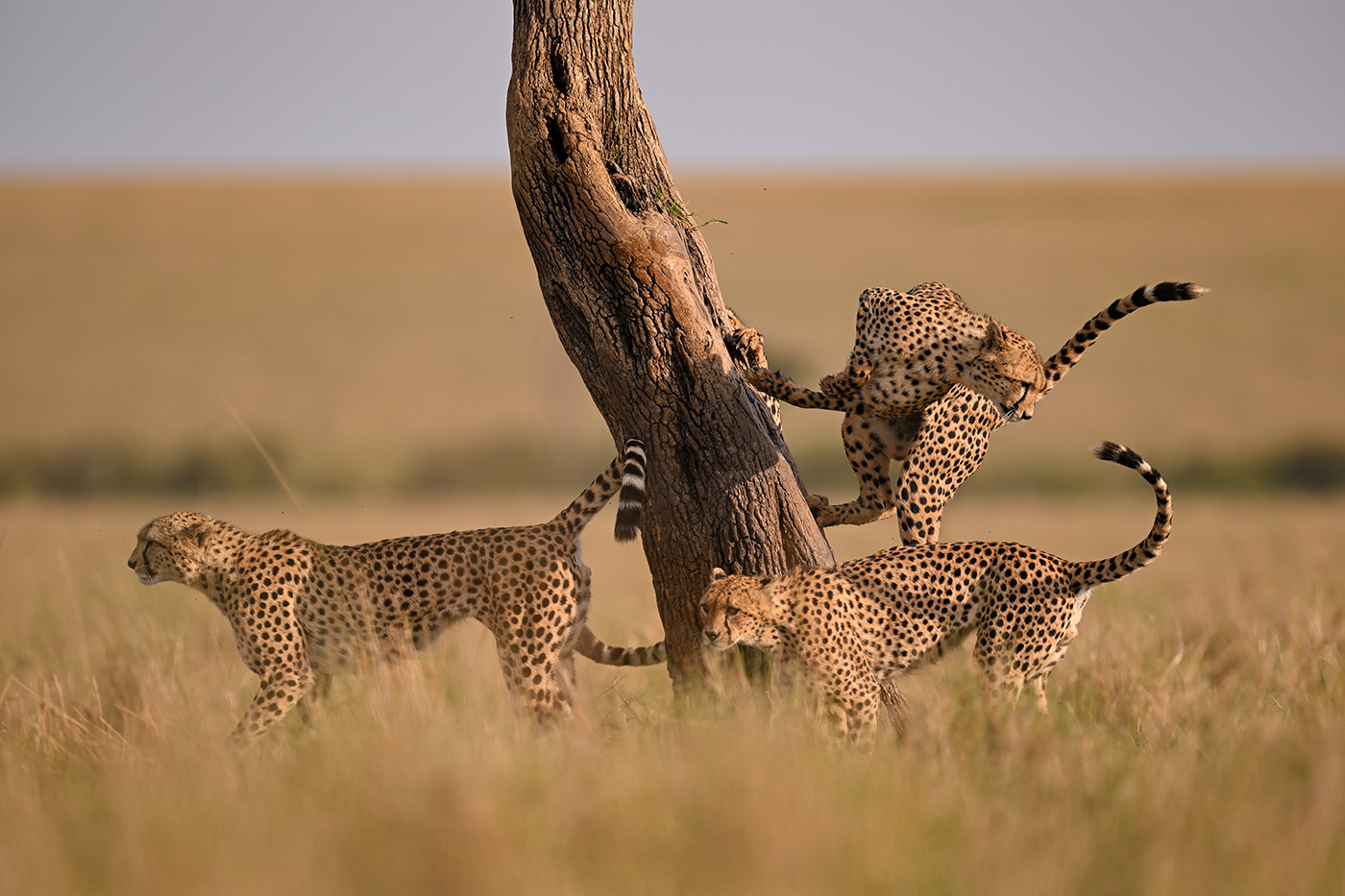
Best Nikon lens for wildlife
Nikon users have several excellent options for wildlife photography, many of which are detailed in our ultimate guide to Nikon Z super telephoto lenses. To summarise, there’s a super telephoto zoom or prime to suit any budget, including the Z 180-600mm f/5.6-6.3 VR, which is considered the best budget lens for wildlife photography that Nikon currently makes.
Other models which are well worth considering include the Z 600mm F/6.3 VR S, which strikes an excellent balance between reach, portability and stability, and the Z 400mm F/4.5 VR S.
You don’t have to opt for expensive long lenses for wildlife. If you’re just starting out or or on a limited budget, the Nikon Z 70-180mm f/2.8 is a good lens for wildlife photography, and even better if you can pair it with a Z 2.0x Teleconverter, which increases the maximum range to 360mm. Also consider browsing for a used Nikon lens to save money, with many second-hand options available with a warranty and at a lower price compared to buying new.
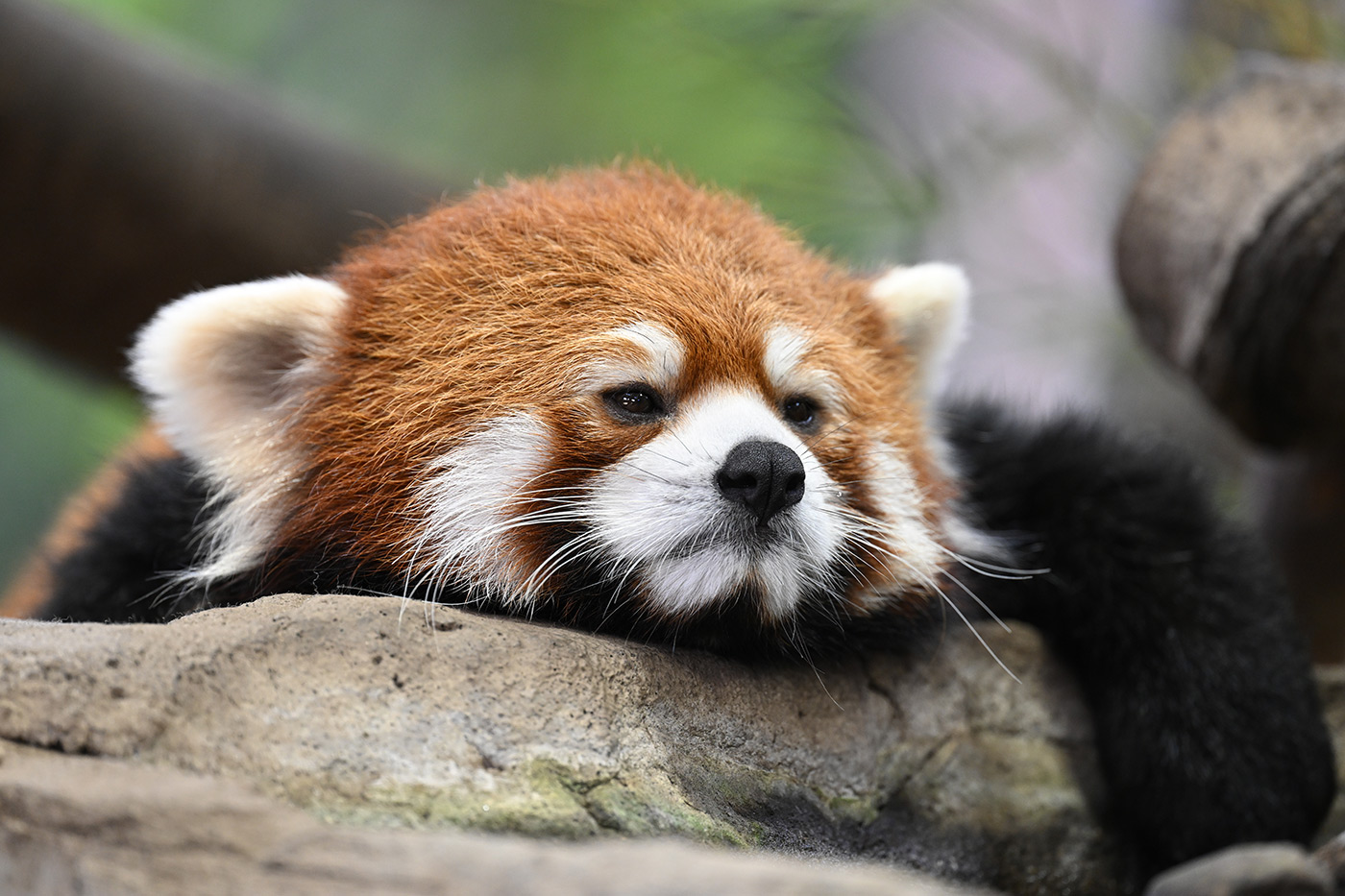
Second-hand Nikon cameras for wildlife
We’ve posed the question Should You Buy Used Camera Equipment before, and the short answer is yes. There are lots of used Nikon cameras that make great wildlife photography options, including the D3200, which is highlighted in the best used gear for wildlife photography.
Opting for a crop sensor camera (referred to as ‘DX’ by Nikon) like the D750 or D7500 gives you extra focal reach due to the 1.5x crop factor. This is advantageous for wildlife photography, as a 300mm lens on a crop sensor will provide the same field of view as a 450mm lens.
Pair a Nikon crop sensor DSLR with a lens like the Nikon AF-S VR 70-300mm F/4.5-5.6G IF-ED, and you’ll have a great wildlife setup for under £1000!
While having the right gear is crucial for wildlife photography, the importance of getting out into nature cannot be overstated. Local RSPB wildlife reserves across the UK offer fantastic opportunities to observe and capture a wide variety of species in their natural habitats.
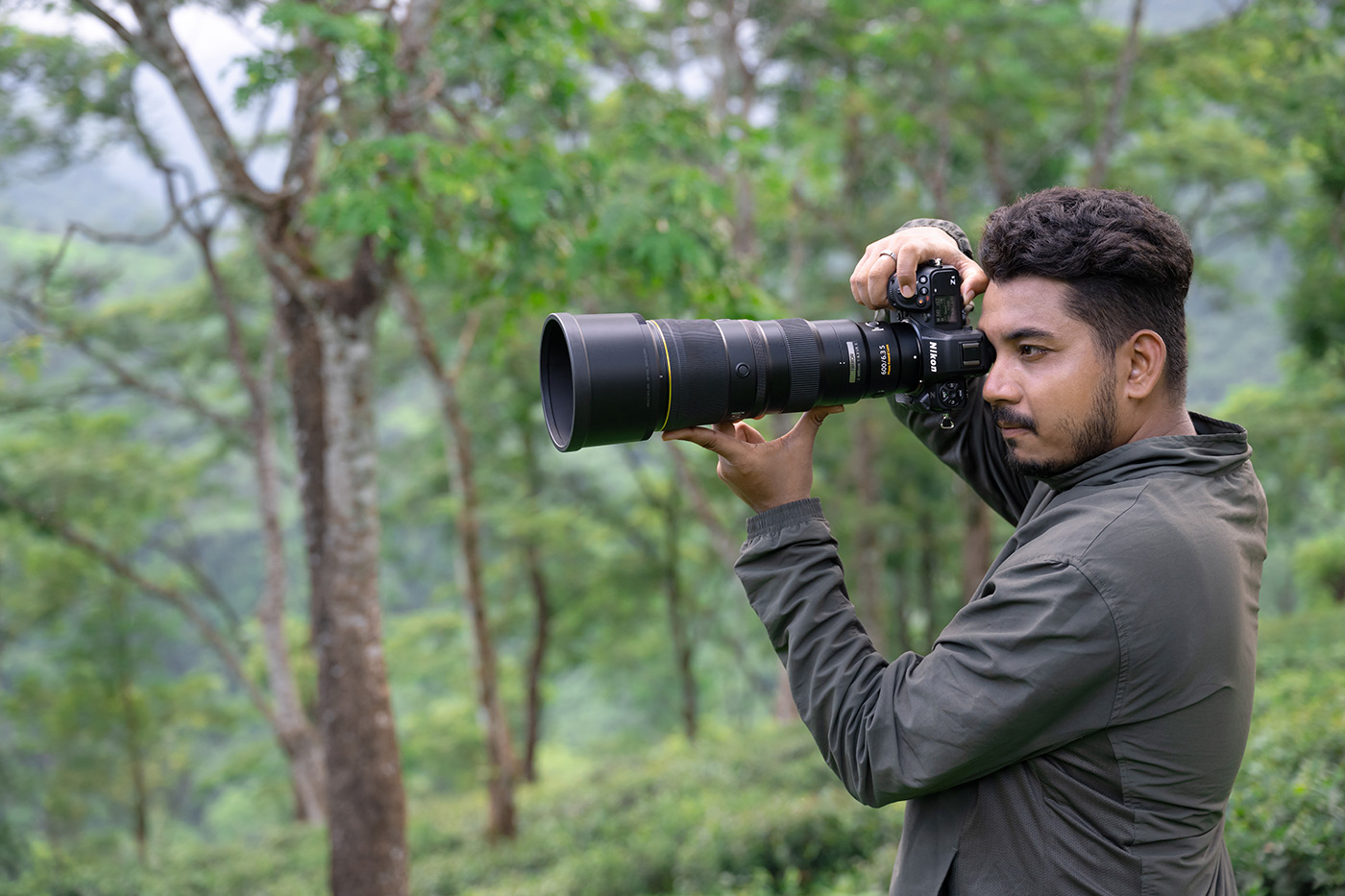
Motivation, tenacity, and patience are just as vital as your camera's specifications. Wildlife Photography Tips From Ben Hall reinforce Danny Green’s sentiment that spending time in local natural environments allows you to understand animal behaviour. This helps to perfect your timing and develop the persistence needed to capture truly unique shots.
Wildlife photography is an engaging way to connect with nature, and we encourage our customers to explore the great outdoors and capture unique shots of wildlife. When it comes to choosing the right Nikon gear, think about what suits your style of shooting, whether it’s the lightning-fast autofocus for the decisive shot, or a far reaching telephoto lens that brings distant subjects closer. There are also plenty of gifts for wildlife and bird photographers to choose for someone’s passion-hobby!
Whatever your skill level, there’s certainly a Nikon camera and lens combo, which is ready to elevate your wildlife photography. Ready to dive in? Explore our comprehensive range of Nikon cameras and lenses and start your adventure today!
Share this post:
By Nick Dautlich on 16/09/2024
Nick Dautlich
Senior Content Writer and Product Reviewer
Nick Dautlich is the Senior Content Writer and Product Reviewer at Park Cameras, with over 15 years of photography experience. A Sony Imaging Professional and expert reviewer, Nick has worked with major brands such as Canon, Sony and Nikon. His work is also featured on Vanguard World UK’s website, Capture Landscapes, and Shutter Evolve. Nick’s photography includes National Trust projects and magazine covers and he is passionate about landscapes and storytelling. Nick also enjoys hiking and teaching his children about nature. Learn more on his profile page.

Trade in your old equipment
Fast and easy trade in service ensures your old gear is collected efficiently and you are paid quickly! It's very simple to trade in your unwanted photography gear. Just head over to our dedicated Sell or Part Exchange page, fill out the details, and we'll get back to you with an offer for your old gear. Take the cash, or put it towards the cost of your new gear. It's up to you! Find out more
sign up to the newsletter
Keep up to date on the latest photography news, events and offers. Sign up now